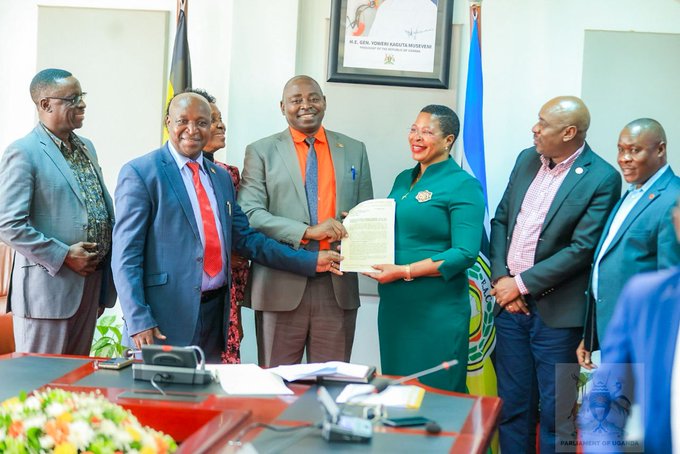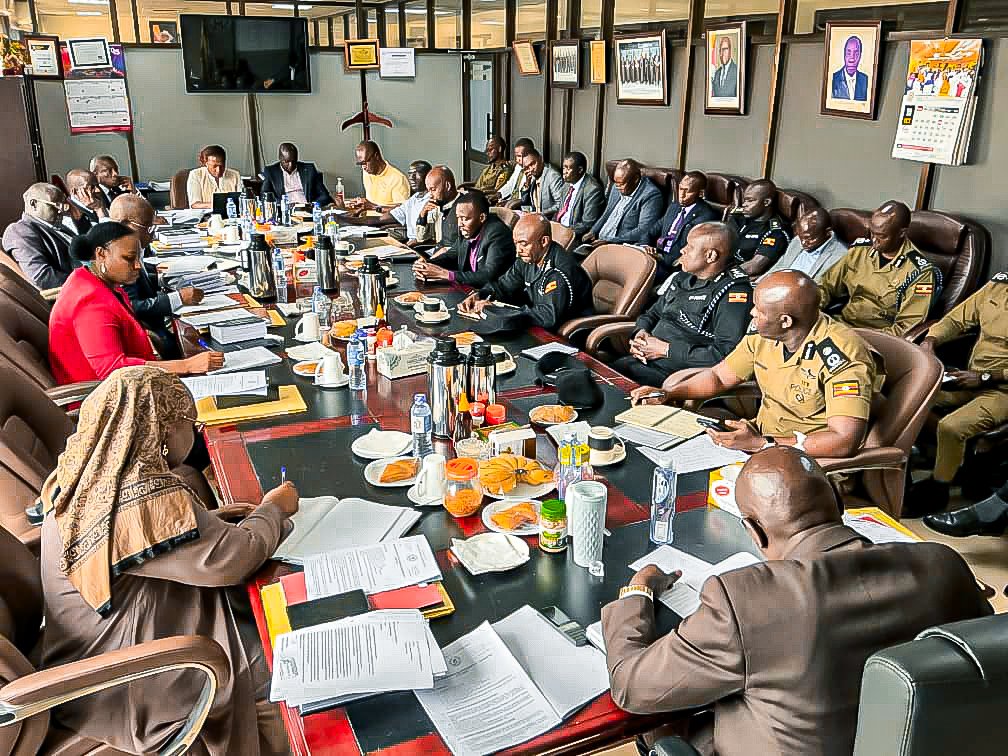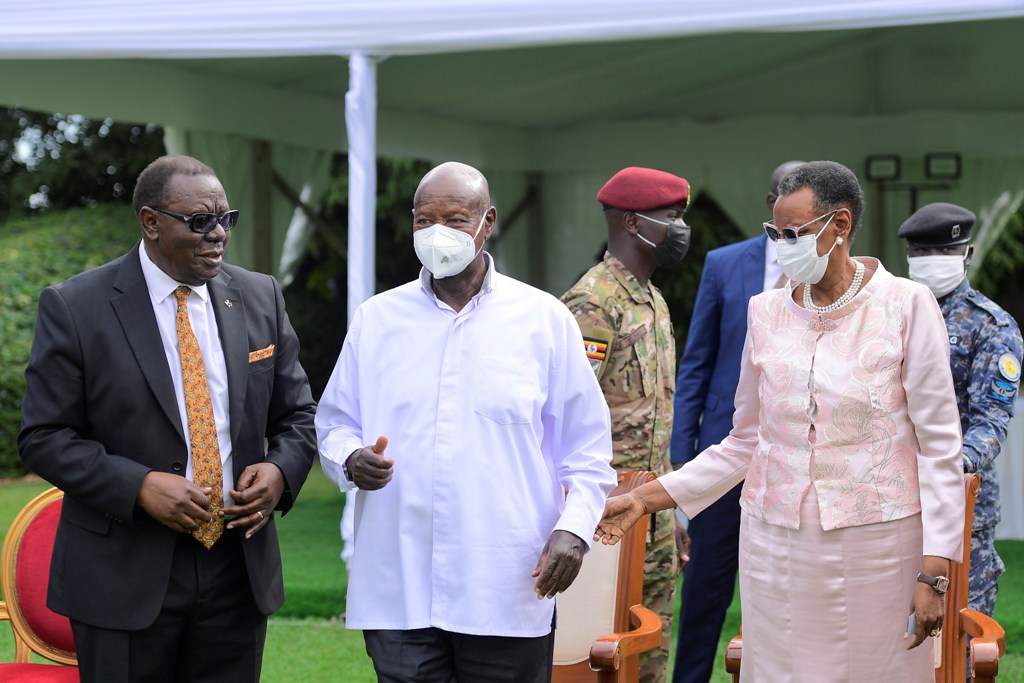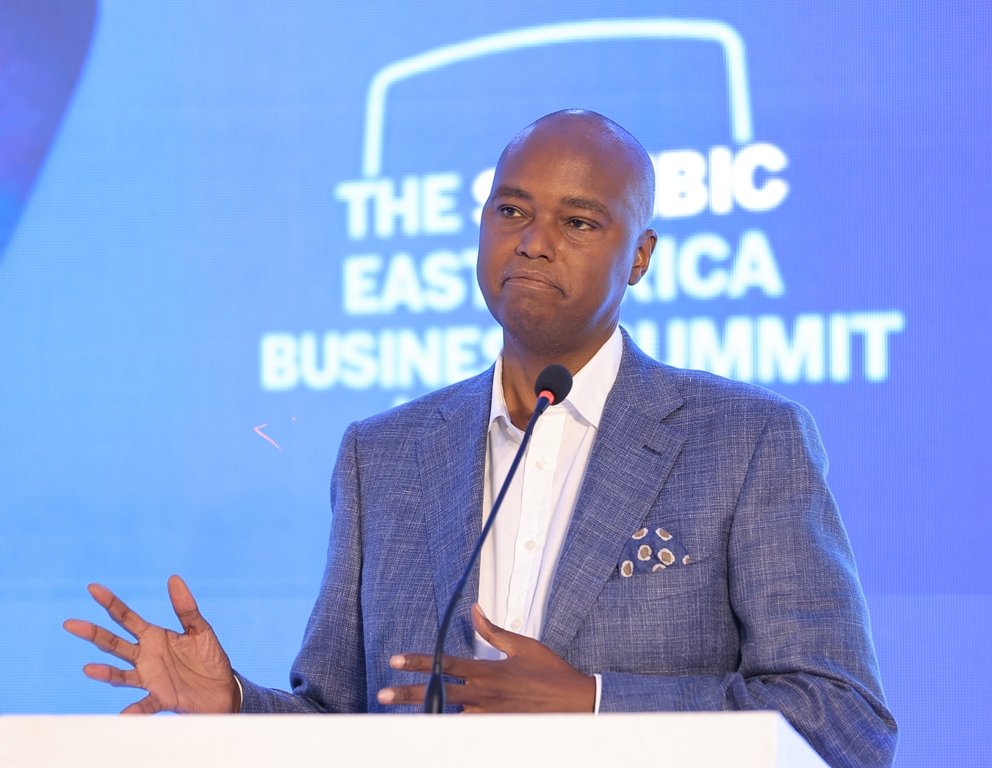6 out of 10 Ugandans Identify access to water as a serious problem
Citizens from rural areas (45%), poorer households (53%), and households with no education (47%) are much more likely to say access to water is a serious problem
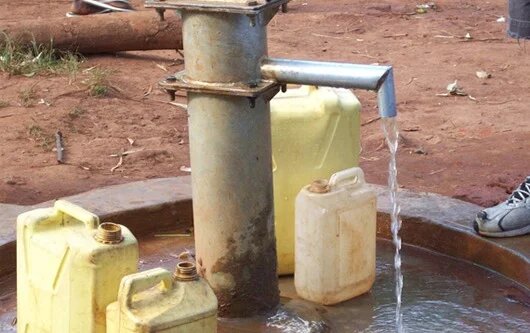
Ugandans continue to complain about low access to clean water points despite several decades of interventions, aimed at closing the access to water gap.
The new Twaweza’s Sauti Za Wanainchi report finds that across Uganda, 6 out of 10 citizens (63%) identified access to water as a serious problem, affecting their communities including 4 out of 10, who say it is the most serious problem (39%).
Violet Alinda, the Country Lead for Uganda at Twaweza added that, “Access to clean drinking water (and other aspects of water, sanitation and hygiene) are highly dependent on where in Uganda you live and how wealthy you are,”
A research brief titled ‘Turning on the taps Ugandans’ experiences and opinions on water, sanitation and hygiene” was released on Tuesday.
It found significant disparities between Ugandans’ views about access to water.
“Citizens from rural areas (45%), poorer households (53%), and households with no education (47%) are much more likely to say access to water is a serious problem,” read the report in parts.
The findings are based on data collected from 2,809 respondents across Uganda in August and September 2023.
These inequalities become even more visible when it comes to whether Ugandans are able to access safe water from an improved source.
“Across the country, 2 out of 10 households (20%) access water from an unimproved or unsafe source, including a significant proportion who use surface water,”
The report added that in Western Region 4 out of 10 citizens (40%) access water from an unimproved source, including 15% using surface water, and in the Central Region 3 out of 10 Ugandans (29%) are using unimproved sources
The researchers noted that despite these stark inequalities, there is some positive news in terms of access to clean and safe water.
Nationwide, the proportion of households that access drinking water from a piped or other improved source has risen from 74% in 2018 to 80% in 2023.



